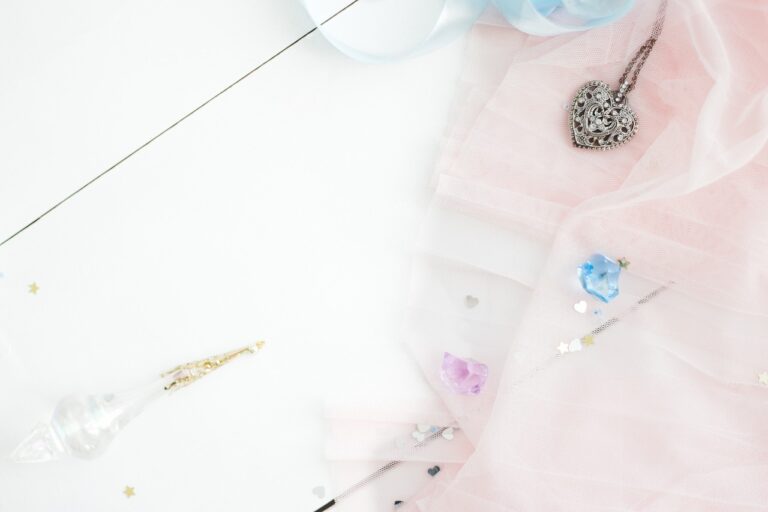Textile Waste Reduction in Home Sewing: Tips for Using Scraps Effectively: 11xplay.com login, India24bet 24, Skyexchange fair
11xplay.com login, india24bet 24, skyexchange fair: Sewing is a fantastic hobby that allows for creativity and expression, but it can also generate a significant amount of textile waste. From fabric scraps to unused notions, there are many ways that sewing can contribute to environmental waste. However, there are simple and effective ways to reduce textile waste in home sewing, especially when it comes to using scraps efficiently.
Here are some tips for reducing textile waste in home sewing and making the most out of your fabric scraps:
1. Save all fabric scraps
Instead of throwing away even the smallest fabric scraps, save them in a designated container or bag. You never know when a tiny scrap might come in handy for a future project!
2. Sort scraps by size and color
Organizing your fabric scraps by size and color can make it easier to find the right piece for a project. This also helps prevent you from accidentally buying new fabric when you already have a suitable scrap on hand.
3. Create a scrap quilt
Scraps can be pieced together to create a beautiful and unique scrap quilt. Whether you choose to make a traditional patchwork design or a more modern improv quilt, a scrap quilt is a great way to showcase your sewing skills and reduce waste.
4. Make fabric twine
Fabric twine is a versatile material that can be used for a variety of projects, from jewelry making to home decor. Simply cut fabric scraps into strips, twist them together, and wind them up to create a strong and colorful twine.
5. Use scraps for small projects
Fabric scraps are perfect for small projects like zipper pouches, keychains, or fabric-covered buttons. These quick and easy projects are a great way to use up scraps and create useful items at the same time.
6. Donate or swap scraps
If you have more scraps than you can use, consider donating them to a local quilt guild, school, or community center. You can also participate in fabric swaps with other sewists to exchange scraps and expand your fabric stash without buying new material.
7. Turn scraps into stuffing
Instead of buying polyester fiberfill for stuffing pillows or plush toys, use fabric scraps instead. Simply shred the scraps into small pieces to create a soft and eco-friendly stuffing material.
8. Experiment with fabric manipulation techniques
Fabric manipulation techniques like quilting, appliqu鬠and smocking can all be used to transform fabric scraps into beautiful embellishments for garments or home decor items.
9. Upcycle old clothing
Instead of throwing away old clothing, consider upcycling it into something new. Cut up old jeans to make patchwork coasters, turn a worn-out shirt into a trendy tote bag, or repurpose a tired dress into a stylish skirt.
10. Get creative with embroidery
Embroidery is a fun and relaxing way to add interest to fabric scraps. Use simple stitches to create decorative motifs or personalize garments and accessories with your own unique designs.
By following these tips for using scraps effectively in home sewing, you can reduce textile waste and create beautiful, one-of-a-kind projects that showcase your creativity and commitment to sustainability.
FAQs
Q: How can I keep my fabric scraps organized?
A: Consider using clear storage containers or zip-top bags to keep fabric scraps sorted by size, color, or type of fabric.
Q: What can I do with scraps that are too small to use for sewing projects?
A: Smaller fabric scraps can be composted, used as stuffing for pin cushions or pet beds, or donated to art teachers for craft projects.
Q: Are there any eco-friendly alternatives to traditional sewing notions?
A: Consider using natural materials like bamboo buttons, organic cotton thread, or recycled zipper pulls for a more sustainable approach to sewing.
Q: How can I encourage others to reduce textile waste in their sewing practices?
A: Share your tips and projects on social media, host a fabric swap event, or teach a workshop on sustainable sewing practices to inspire others to join you in reducing textile waste.







